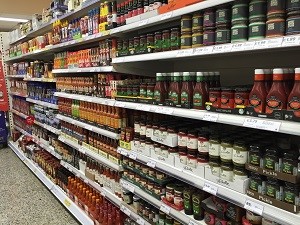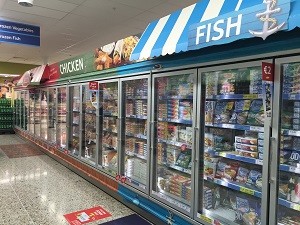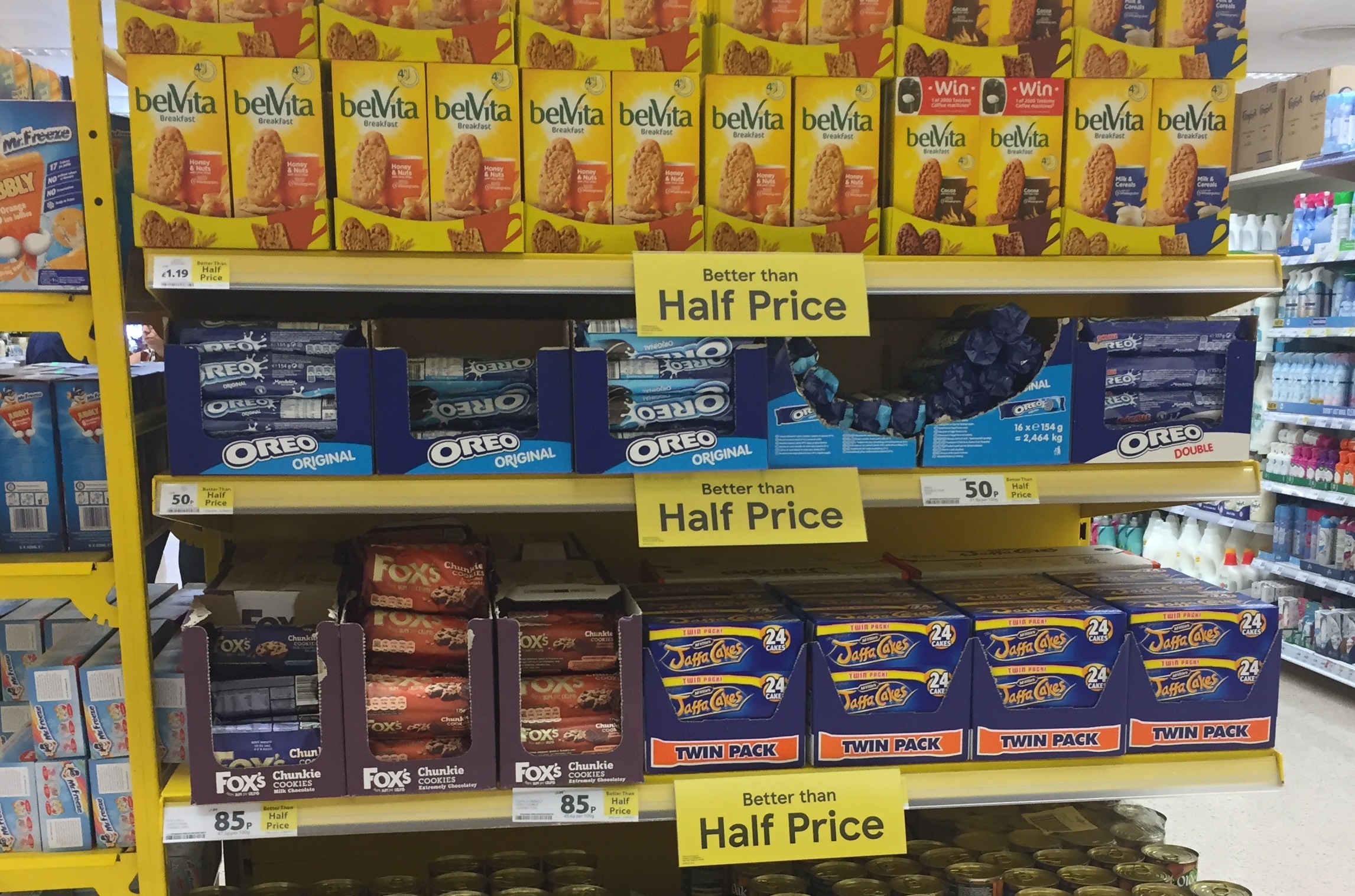 My good friend and business partner, Toby Desforges, recently published a post suggesting that availability is the most important thing for a shopper marketer. Well, no argument from me on that front. After all, online or in a store, it’s really difficult for a shopper to buy something that isn’t there! I had this in mind as I visited some stores on a recent trip to Dublin, Ireland. I noticed several brands that failed the most basic test of availability, but I also noticed others. I noticed many others that might as well have been out of stock, as they made no effort to make themselves visible to shoppers. Yes, availability is key: but that must mean available on the shoppers’ terms. Sticking a product on a shelf must be the bare minimum we, as shopper marketers and retailers are prepared to do. Surely we need to do drive shopper engagement, to entice, and ultimately to influence shoppers to behave differently?
My good friend and business partner, Toby Desforges, recently published a post suggesting that availability is the most important thing for a shopper marketer. Well, no argument from me on that front. After all, online or in a store, it’s really difficult for a shopper to buy something that isn’t there! I had this in mind as I visited some stores on a recent trip to Dublin, Ireland. I noticed several brands that failed the most basic test of availability, but I also noticed others. I noticed many others that might as well have been out of stock, as they made no effort to make themselves visible to shoppers. Yes, availability is key: but that must mean available on the shoppers’ terms. Sticking a product on a shelf must be the bare minimum we, as shopper marketers and retailers are prepared to do. Surely we need to do drive shopper engagement, to entice, and ultimately to influence shoppers to behave differently?
The Dead Zone of the Supermarket
I always try and visit a few stores on any trip to see what is going on, but on this occasion I was armed with a shopping list too. There are a few items which are not available where I live, or are excruciatingly expensive. So I found myself shopping the store as a shopper, as well as observing it as a shopper marketer. As a result of not really knowing the layout of my store, I found myself scooting up and down many aisles, desperately searching for products I was after. It was here I found so many brands, languishing in the lost corners of the store: brands doing little to attract shoppers to them, nor to drive any shopper engagement with shoppers who found themselves there.
Lack of shopper engagement? Retailer and brand guilty as charged
As my prime exhibit, take a look at the photo below. What can you see? A whole bundle of jars and bottles containing fluids of various shades of brown, right? Exciting? Enticing? How much shopper engagement is going on here? Does it have you gagging to rush down the aisle and touch and smell, and interact? Of course not. It’s dull, bland and uninviting.
Why did I choose this aisle out of the many? I chose it because it contains some exciting and innovative products. Whole ranges of ethnic sauces, dips and all sorts of brands that simply weren’t there a couple of years ago. A whole bundle of product and brand innovation, driven by an awful lot of investment. But when it comes to the shopper, what do we do?
Stick it on the shelf and hope
Yes, there was probably a gondola end display at launch, maybe even a bit of sampling. But now, sometime after, I almost expect to see tumbleweed rolling down this aisle. I was in the store for an hour, and I saw no-one shop this aisle. Many walked past. None entered.
Retailers. Brands. Come on! What a waste of innovation. What a waste of floor space. Surely we could do something better? Surely these products and brands deserve a bit more love and effort in the store?
If as marketers we’re not prepared to support our brand throughout the purchase journey, why even bother? As a retailer, if we’re prepared to invest in the stock and the floor space, shouldn’t we do something to make this area profitable? Surely it’s in the interests of both parties to do something to drive shopper engagement in this retail dead zone?
How to drive shopper engagement
Work out who your target shopper is. In this store, which shoppers are you targeting – i.e. which shoppers are you trying to get to do something different? I’m sure that most marketers, shopper marketers and customer managers are targeted with growing their sales. As are most retailers. That means shoppers need to buy more, and that means we need to get shoppers to do something differently. To drive focused and effective shopper engagement, try answering the following questions:
Who is your target shopper? Not the brand target, but the group of shoppers who you need to change their behavior to drive your growth. If you don’t know, check this out.
What do they do currently? Knowing who they are and what they do right now is key to understanding the type of engagement that is required. Do they visit the fixture? Do they even visit the aisle? Where else do they go? What else engages them?
What is it that would disrupt their shop, right now, and encourage them to engage with your category and brand? Typically in a store we don’t have long, so the key question here is ‘What is the single thing that will get them to do what I want them to do’. Work out that single thing, and then deliver against it. Shoppers don’t want your whole brand story, but there is something that will grab their attention. Make this relevant to their mission and place it on their existing shopper journey, and disruption and shopper engagement is highly possible.
Effective shopper engagement should benefit both brand and retailer
Of course I know that sometimes retailers don’t want to do ‘theatre’ – but that doesn’t mean we should give up. Here, surely there is a cast iron case for driving traffic and engagement which would drive profit for both parties, and yet nothing is being done. And yet take a look at what is happening a few aisles away. This is the frozen section of the same store. I have no idea whether this is effective, but it certainly catches the eye. And at least the shopper marketers and the retailers are trying to do something to engage shoppers.
If you have any great (or terrible) examples of shopper engagement I’d love to hear from you – please share your stories in the comments section below.


